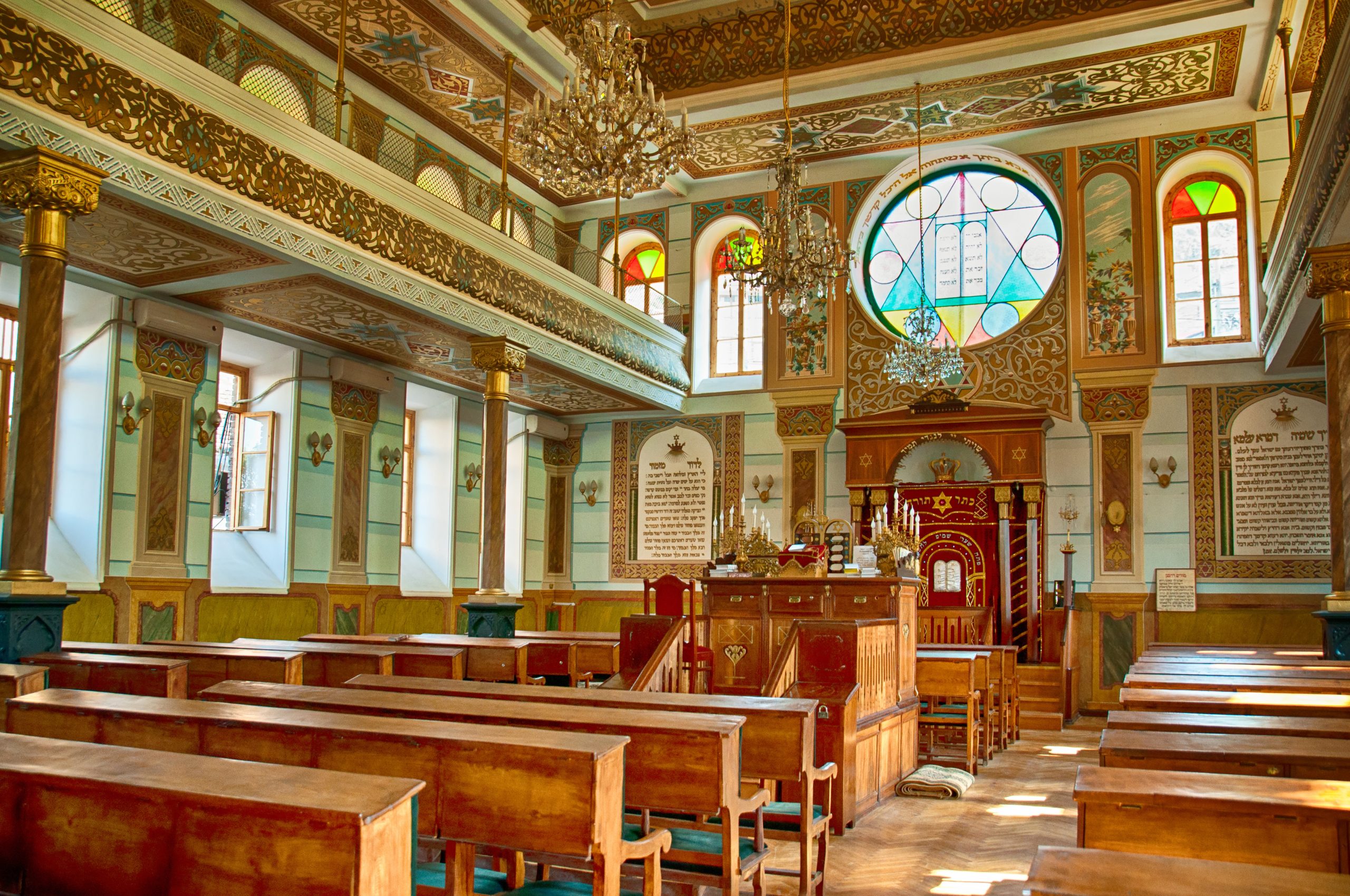As we are now in the Three Weeks Bein HaM’tzarim period, we are devoting two segments to the brachah of “R’tzei” in Shemoneh Esrei. The connection of this brachah to this time period is clear.
This would be a fitting time to place extra focus on this brachah in our daily tefilos, as well as the brachos of “V’liYerushalayim” and “Es Tzemach,” which we have focused on in previous years at this time of year.
רצה ה’ א-לקינו בעמך ישראל ובתפלתם
Be favorable, Hashem our G-d, toward Your people Israel and their prayer
There are various approaches to understanding this brachah, which affect the way the words are grouped and result in different meanings as well. We continue with our understanding of the brachah of R’tzei based upon HaRav Avigdor Miller zt”l in his work Tefilas Avigdor, and we present the nusach Ashkenaz because that is the nusach he presented there.
Rav Miller states that the primary intent of B’nei Yisrael in our service to Hashem is that our avodah (service) should find favor in the “eyes” of Hashem, as David HaMelech states: “לעשות רצונך, א-לקי, חפצתי–To fulfill Your will, my G-d, do I desire” (T’hilim 40:9). Our greatest desire and our greatest simchah should be to perform the רצון ה’, the will of Hashem.
The brachah begins with “רצה–R’tzei” and ends with “המחזיר שכינתו לציון–Who restores His Presence to Zion.” Our connection to Hashem expressed here as “שכינה,” which was strongest in the First Beis HaMikdash, is dependent upon the strength of our ratzon to serve Hashem. The word R’tzei is rooted in the word “רץ,” to run. One who has a strong desire for something either runs to attain it or at least has a strong desire to run towards it.
By engaging in tefilah, we display our passionate desire to attain closeness to Hashem and to perform Hashem’s avodah with love. We therefore ask Hashem to desire us and our avodah.
This brachah was originally composed at the time of the Second Beis HaMikdash, when B’nei Yisrael were lacking in our connection to the שכינה. This tefilah is asking for the intensity of the שכינה of the First Beis HaMikdash to return. (Asking for the avodah to return in this brachah was later added after the destruction of the Second Beis HaMikdash.)
רצה ה’ א-לקינו בעמך ישראל ובתפלתם
We ask Hashem to desire us, His nation, and to desire our tefilos in place of the avodah of the Beis HaMikdash. We desire and seek closeness to Hashem and, in that merit, we ask that Hashem grant us that closeness (שכינה).
והשב את העבודה לדביר ביתך
We ask for the avodah of the most inner part of the Beis HaMikdash, the Kodesh HaKodashim (“דביר–d’vir”), to return. We ask for this first because it is the primary place of the שכינה.
ואשי ישראל
This refers to the avodah of the korbanos on the outer Mizbei’ach. The avodah of the korbanos brought closeness (the word “קרבן–korban” means to come close) to Hashem.
ותפלתם באהבה תקבל ברצון
We ask Hashem to accept the avodah of our tefilah (we already asked for the actual tefilah to be accepted in the previous brachah) with desire, because our tefilah is offered with love.
ותהי לרצון תמיד עבודת ישראל עמך
We ask Hashem to help us perform our future avodah consistently with “sh’leimus” so that it will be “desired” by Hashem.
המחזיר שכינתו לציון
We conclude by asking Hashem to return His שכינה to ציון, thereby granting us the ultimate closeness to Hashem, where Hashem’s presence and closeness can be felt to the greatest extent. May it occur speedily in our days.

